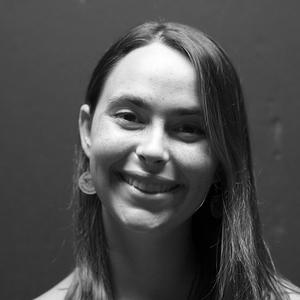Sullivan: Native American education reform must become 2016 election issue
Education is an issue that has all but been benched for the 2016 presidential election and replaced with a heavy focus on immigration and foreign policy.
This is neither unexpected nor misguided due to the growing threat of the Islamic State. But when looking at the growing list of domestic reforms addressed by Democratic Party candidates, each has failed to address education, particularly that of Native Americans.
Deplorable Native American education standards have failed to reach public attention for decades and have waited long enough for an executive to re-examine the lackluster system. The gap in Native American education is exemplified by the National Indian Education Study’s most recent data, which reveals that only 18 percent of Native American fourth-graders are proficient readers compared to 42 percent of white students.
As the 2016 election approaches, presidential hopefuls should realize that young voters are championing national movements against institutional inequities and Native Americans should not be exempted from these issues in making reforming these schools a priority. Washington’s apathy has grown old and today’s age of social justice makes this election the time for a critical look at how the government addresses these issues.
The U.S. government has not completely ignored the issue of Native American education. There is a small office in the Department of Interior called the Bureau of Indian Education (BIE) that oversees proper funding and regulation of 183 Native American schools with more than 40,000 students in reservations across 23 states.
But defining this disparity is the fact that graduation rates and test scores are abysmal among students in these schools. Fifty-three percent of Native American students are expected to graduate compared to 81 percent of students nationally, and math and reading scores trail significantly behind Native American students enrolled in public schools. In fact, most Native American students choose altogether not attend these schools — 93 percent opted instead to enroll in public school.
Not much has changed in almost a century. In 1928, a grueling report of the education system cited that Native American schools passed for “grossly inadequate.” Fast forward 80 years, and officials are using the same rhetoric to attempt to address how defunct the system is.
In an interview with Politico earlier this fall, Secretary of Education Arne Duncan called the system “just not right” and remarked that Native American schools are “the epitome of broken … just absolutely bankrupt.”
The Department of Interior has recognized the problem as recently as last month, when a blog post on the department’s website cited that Native American schools are “long overdue” for “dramatic reform.”
Identifying the problem is always the first step in finding a solution. Lack of media coverage means the issue only reaches a small few, and even fewer politicians have actively fought to do something about it. President Barack Obama attempted to set a precedent after visiting a Sioux reservation last year, though the Interior’s comprehensive plan that opted for more tribal control is still received with high skepticism.
It is deplorable in and of itself that this issue is underreported. However, with the power of the media at their disposal, presidential candidates are the best vehicles to raise awareness and public attention about reforming Native American schools. The 2016 election has the ability and the clout to bring this issue to the forefront of mainstream media and American politics, candidates must exercise that power and refuse to sideline one of the nation’s biggest blunders.
Keely Sullivan is a senior broadcast and digital journalism and French dual major. Her column appears weekly. She can be reached at kasull02@syr.edu and followed on Twitter @specialksully.
Published on December 6, 2015 at 11:56 pm






